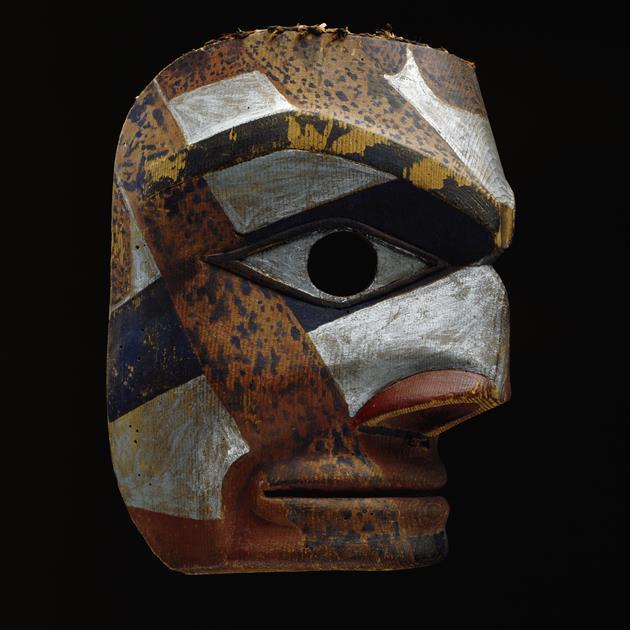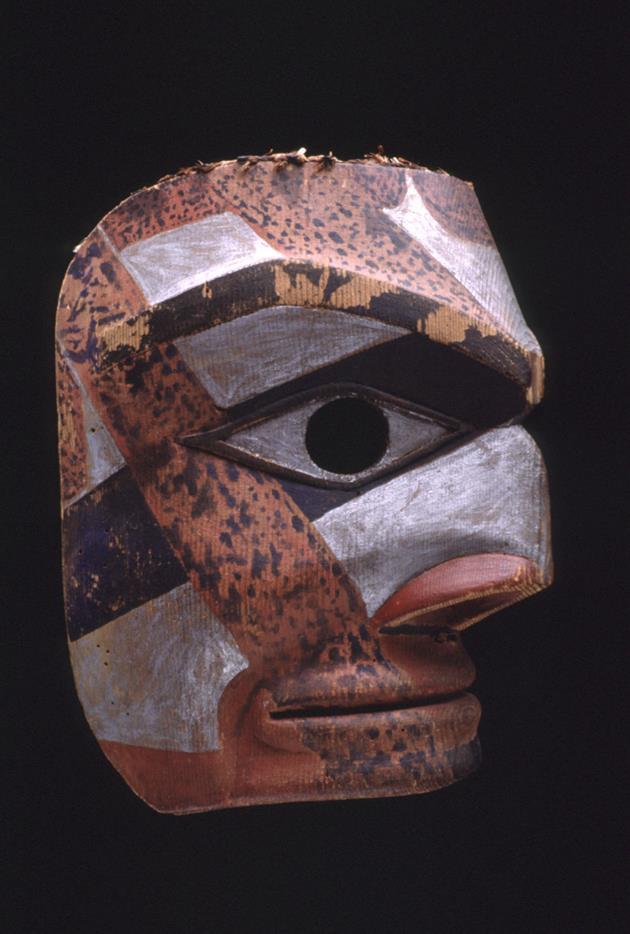Resources
Exhibition HistorySeattle, Washington, Seattle Art Museum, Seattle Collects Northwest Coast Native Art, February 12, - May 17, 2015
Seattle, Washington, Seattle Art Museum, Native Visions: Northwest Coast Art, 18th Century to the Present, October 1, 1998 - January 31, 1999
London, England, Kansas City, Missouri, Sacred Circles: Two Thousand Years of North American Indian Art, 1976-77
Seattle, Washington, Seattle Art Museum, The Box of Daylight, September 15, 1983 - January 8, 1984
Published ReferencesBrown, Steven C., Native Visions: Evolution in Northwest Coast Art from the Eighteenth Through the Twentieth Century, Seattle Art Museum, 1998, pg. 136
The Spirit Within: Northwest Coast Native Art from the John H. Hauberg Collection, Seattle Art Museum, 1995, pg. 26.
Holm, Bill, Box of Daylight: Northwest Coast Indian Art, Seattle Art Museum, University of Washington Press, 1983, no. 30, p. 34, illus.
Coe, Ralph T., Sacred Circles: Two Thousand Years of North American Indian Art, Arts Council of Great Britain, 1977, no. 270, p. 137, illus.



